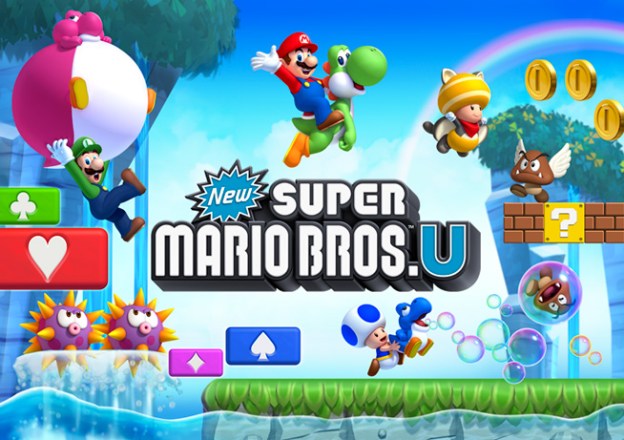
After two months on shelves, the Nintendo Wii U is still finding its balance. Sales of the console have been disappointing to analysts, but at 890,000 sold worldwide inside of two months, that’s not too terribly shabby. Nintendo’s problem, however, isn’t that no one is buying the console. It’s that nobody is buying the games just yet.
On Jan. 7, as Nintendo and others began to discuss holiday sales details, a number of analysts including Wedbush Morgan’s Michael Pachter and Stern Agee’s Arvind Bhatia expressed concern about the Wii U’s attach rate, or the number of games people buy when the purchase the console itself. Bhatia merely said Wii U software sales have been “low.” Now Cowen & Company analyst Doug Creutz is providing a more detailed perspective on Nintendo’s worrying software sales.
“Software sales for the Wii U remained well behind launch levels for the original Wii and Gamecube in December,” said Creutz in a research note to investors, “Totals for the November-December period were -43 percent lower than software sales for the Wii [during the same launch period] and -50 percent lower than those for the Gamecube.”
There are mitigating factors to consider when looking at the Wii U’s low attach rate. Unlike with Wii and Gamecube, all Nintendo Wii U games available at retail are also available as downloadables through the Nintendo eShop, so Nintendo is selling games not factored into the retailer checks that analyst data comes from.
Still it’s clear that the Wii U didn’t release with a game that readily appeals to the gaming enthusiast audience that Nintendo relies on for early console sales. The Nintendo Wii debuted alongside The Legend of Zelda: Twilight Princess in 2006 and the Gamecube saw the release of Super Smash Bros. Meleewithin month of releasing in 2001, and both franchises have enormous pull with core gamers.
New Super Mario Bros. U, a new entry in a series that has been enormously successful for Nintendo in recent years, sold just 580,000 copies in December. The Wii’s Twlight Princess, on the other hand, sold 1.5 million copies in December 2006 (albeit with the help a version for Gamecube as well.) NintendLand and New Super Mario Bros. U simply weren’t the first-party Nintendo games that tend to draw in the company’s usual early supporters. The same problem caused slow adoption of the Nintendo 3DS when it released in March 2011.


